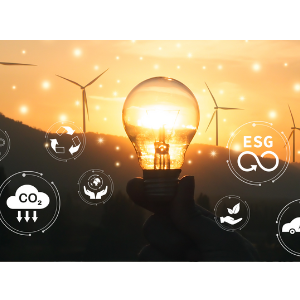“Energy demand is increasing faster than renewables can replace fossil fuels. Power generation from carbon-emitting sources is still expanding, which means emissions will keep rising unless the transition to carbon-free energy is accelerated at an even greater pace,” according to a news alert from APEC.
To hasten the shift to carbon-free energy as the world faces rising global temperatures and extreme weather events, it underscored the need for investments in energy storage, transmission infrastructure, and emerging clean energy technologies.
This, as building solar farms, wind farms, and energy storage systems (ESS) requires significant investment while more innovation is needed to improve energy storage and carbon capture.
“From the private sector perspective, companies are struggling to balance the high costs of transitioning to carbon-free energy while remaining competitive in the market,” the news alert said.
“For example, as commercialization of new technologies requires utilizing additional safety technology, suppliers are finding it difficult to predict the demand for CFE (carbon-free energy) and to reflect the increased cost of safety in product prices,” it added.
CFE technologies, which refer to energy sources that do not produce or remove carbon emissions during generation, include nuclear energy, renewable energy, and clean and low-carbon hydrogen and ammonia, ESS and carbon capture and storage.
This diverse mix of technologies help to stabilize power supply and reduce dependence on carbon-intensive alternatives.
Aside from scaling up investments, experts encourage APEC economies to enhance regional cooperation, support technology innovation, and strengthen public-private partnerships.
“Standardized certification systems and aligned policies on carbon-free energy are necessary for cross-border energy trade,” the news alert said. “Continued research and development in carbon capture, hydrogen fuel, and small modular nuclear reactors will play a vital role.”
Engaging businesses and industries in the clean energy transition will drive faster adoption and economic benefits, it added.
April 21, 2025













